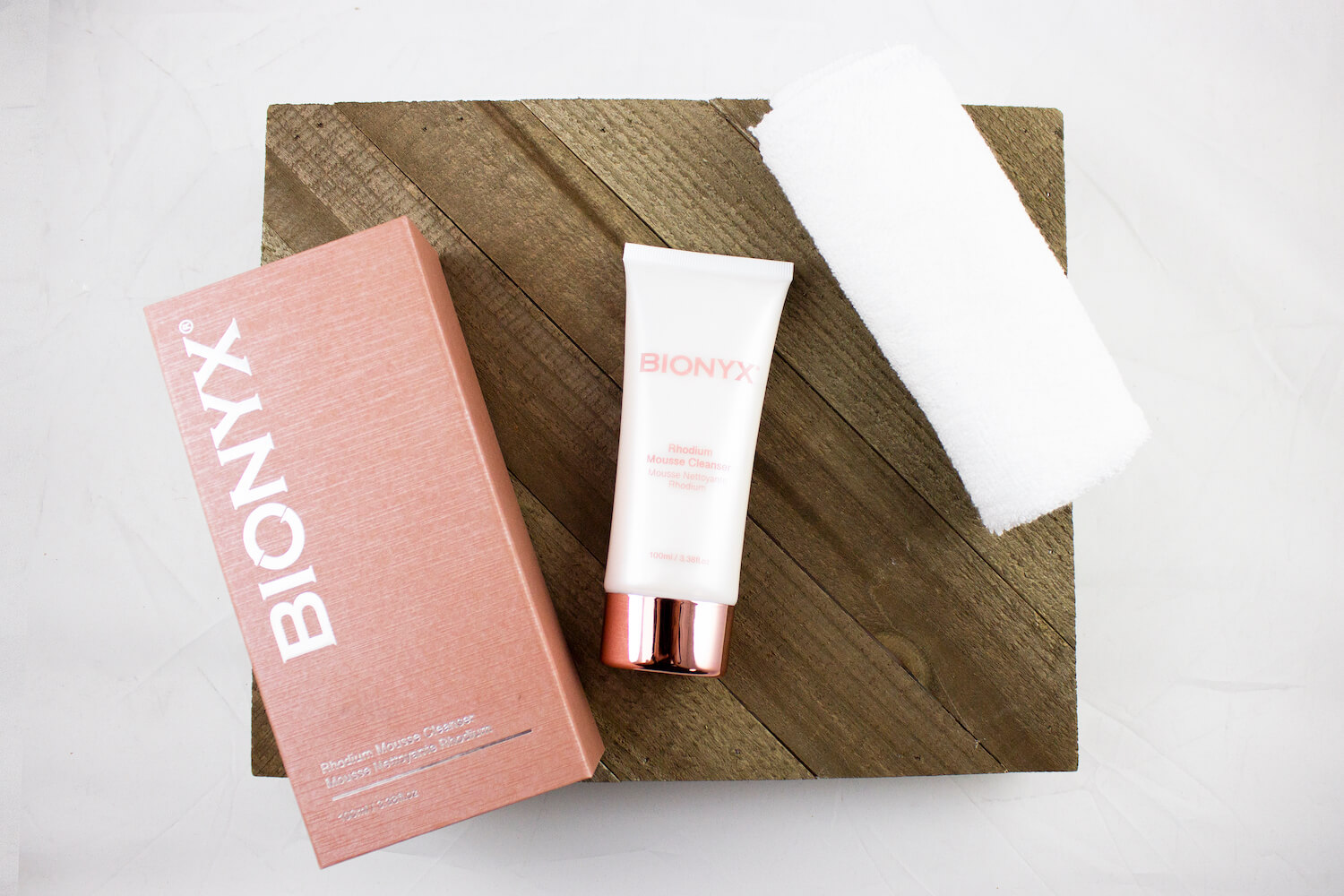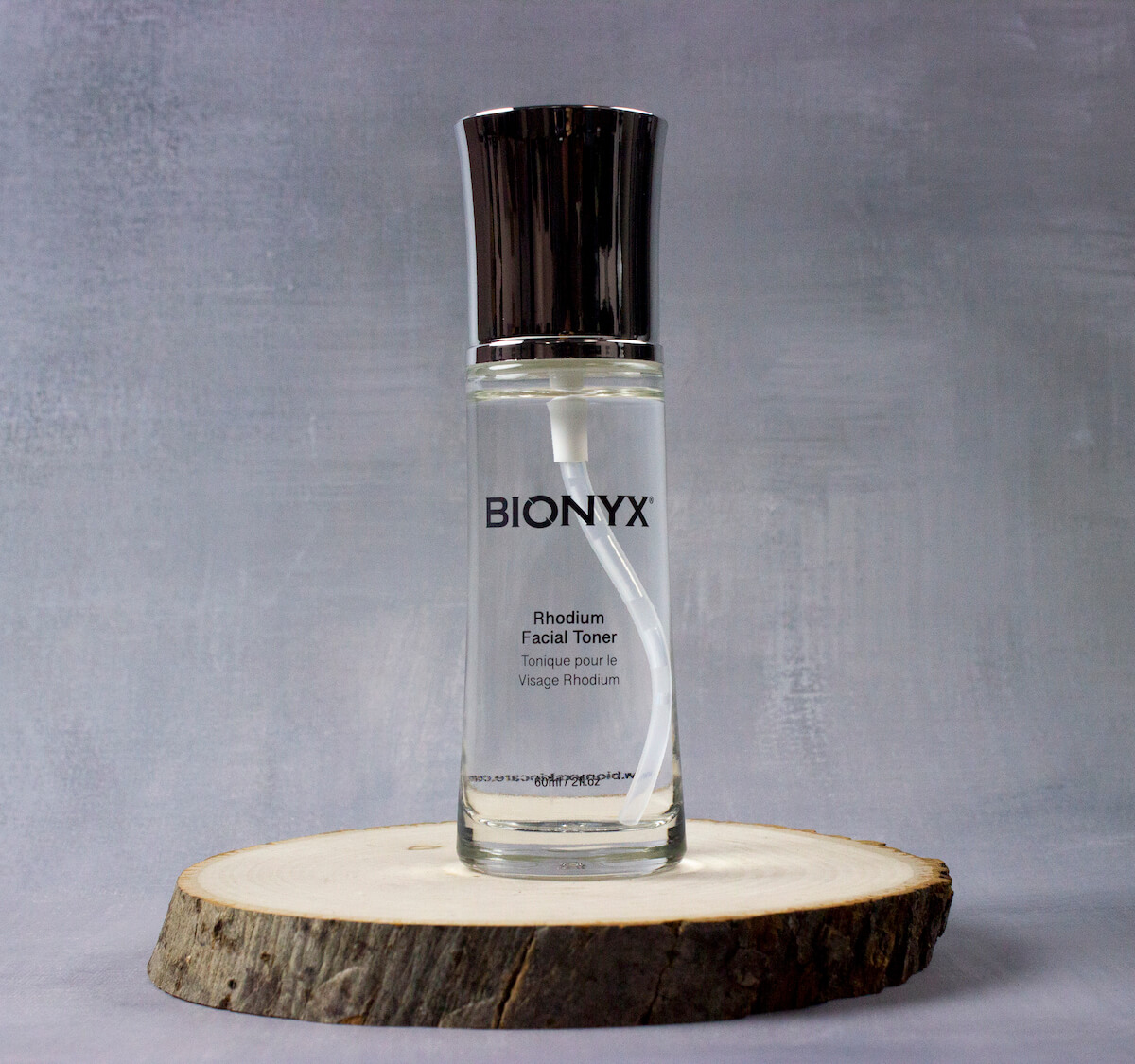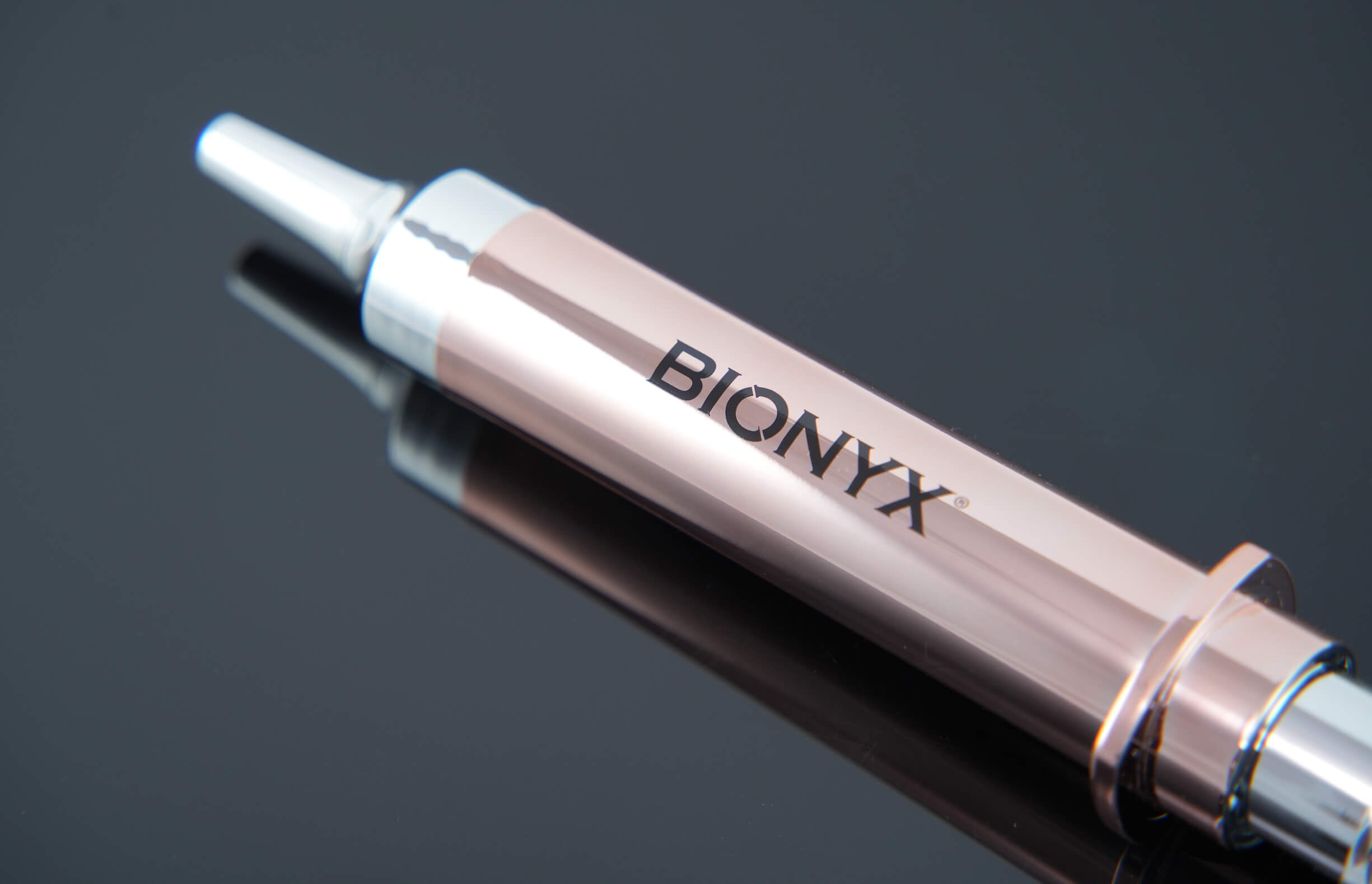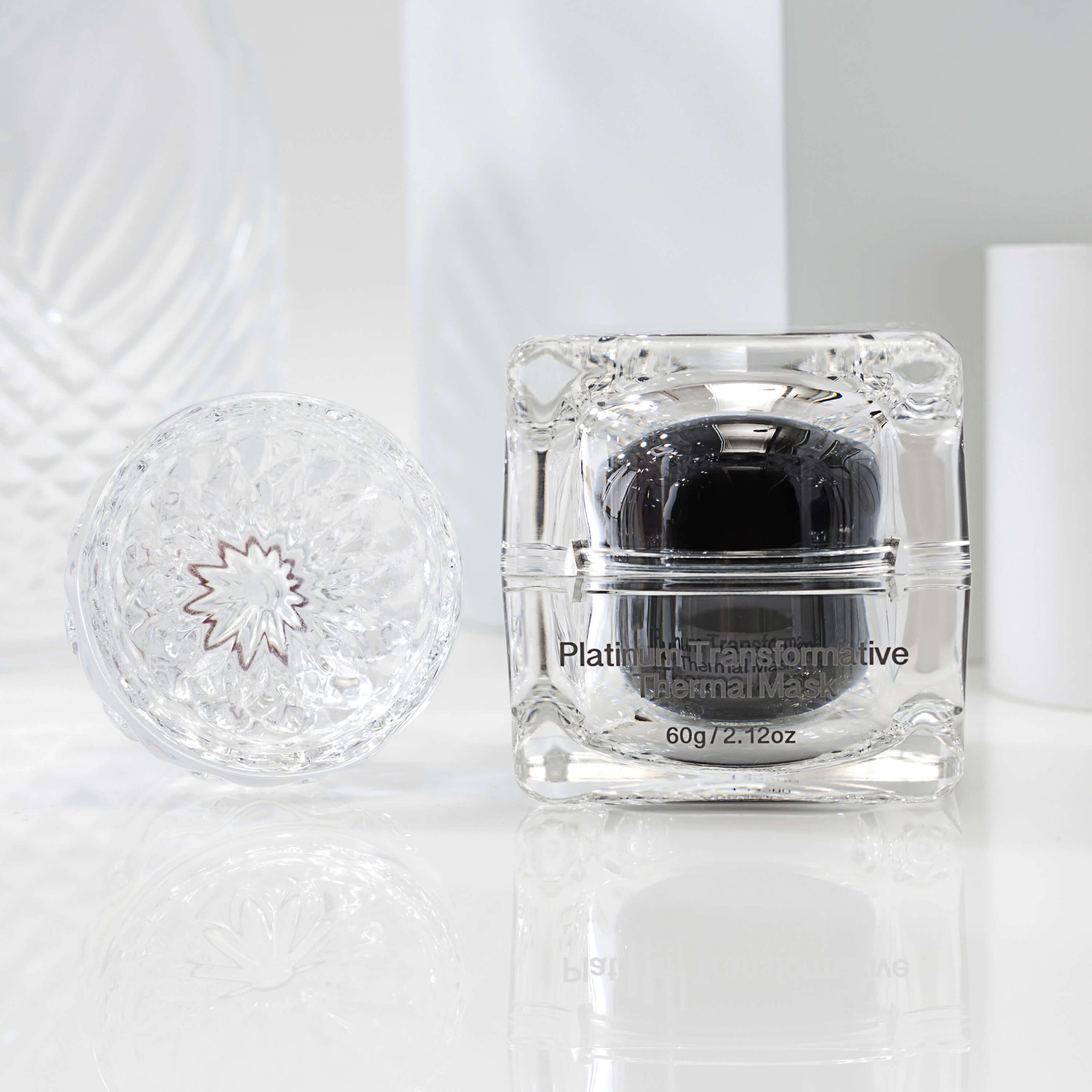Published: April 15, 2024
If you’ve been putting your best efforts into fighting and preventing the appearance of acne but haven’t been seeing an improvement in your skin, this could be down to something that you’re unintentionally doing. Whether it’s how you’re cleansing your skin, due to the products that you’re using, or even just your lifestyle habits, it’s common for people to make little mistakes that then cause big breakouts, leaving them clueless as to why they’re not able to gain some control over their acne.
Curious as to whether this could be you? Read on as Bionyx shares some of the biggest acne-causing skincare mistakes that people make!
Over-Cleansing and/or Over-Exfoliating
If you have acne-prone skin, then, hopefully, you already regularly cleanse and exfoliate your skin. After all, this is the only way to clear sebum and bacteria away from your pores. Leave them to linger and they’ll only trigger acne breakouts.
However, sometimes, it’s easy to get over-zealous in your attempts to thoroughly cleanse your skin. In a bid to get rid of as many impurities as possible, people sometimes go overboard. The results of both over-cleansing and over-exfoliating are similar – redness, sensitivities, and acne breakouts.
If you tend to cleanse quite vigorously, it’s time to tone things down. Be gentle with your skin – you don’t want to cause more irritation and inflammation! Be aware of how often you’re cleansing and exfoliating too. Cleansing shouldn’t be done more than twice a day while exfoliating should be limited to a maximum of three times a week.
Finally, make sure that your cleanser and exfoliator aren’t too harsh either. Many of the formulas designed for acne-prone skin are often guilty of this. Try switching to gentler products for a while instead and seeing if this helps. The Rhodium Mousse Cleanser, for example, will get rid of surface sebum without over-cleansing your skin. Likewise, the Rhodium Complex Facial Peeling does an excellent job of exfoliating the skin, without stripping it raw.
Using Too Many Acne-Fighting Skincare Products
Anti-acne skincare products are designed to dry up excess oil on the skin. This then saves your pores from ending up clogged, preventing the appearance of breakouts.
Sometimes, they can work so well that people go all out. They add several anti-acne products to their routine, often to the detriment of their skin in a couple of ways.
Firstly, the more anti-acne products you use, the drier your skin will become. This may seem ideal when you’re constantly battling a thick layer of grease, but don’t forget that your skin needs a certain amount of sebum in order to function properly. Sure, you don’t want to look shiny, but you also don’t want to completely strip your skin dry.
If this happens, your skin will start to feel dehydrated. In an effort to make up for this, it will begin to produce even more oil. Not only will this make it seem as though your anti-acne products aren’t working, but it will also once again leave you susceptible to breakouts.
Overloading your skin with product will also increase your chances of developing clogged pores, even if those products happen to be tailored to acne-prone skin. Keeping your skincare routine as simple as possible is the way forward. By all means, add in an anti-acne product, but make sure that you aren’t subjecting your skin to several layers of these drying formulas.
Using Products That Aren’t Suitable For Acne-Prone Skin
While you shouldn’t go overboard when it comes to products designed to target pimples, this doesn’t mean that you can be lax about the rest of the skincare products you use. You still need to make sure that they’re suitable for acne-prone skin. If you make the mistake of using a product designed for dry skin, you’ll be well on your way to clogged pores and breakouts.
How do you know if a product is suitable for acne-prone skin?
Some will state this on their packaging. However, even then, be wary. Those terms aren’t regulated, meaning that many brands use them on products even if those formulas might not actually be compatible with acne-prone skin.
To get to the truth, you’ll need to do some digging. Take a look at the ingredient list of the product in question and check to make sure that none of them are comedogenic. This refers to how likely an ingredient is to clog your pores, with ingredients rated on a scale of 1-5. You should aim to only use products that have a low comedogenic rating, such as the Bionyx Rhodium Facial Toner. This product feels hydrating, soothing, and balancing. It doesn’t contain any drying or pore-clogging ingredients, making it a great choice for every skin type!
Not Moisturizing Your Skin
One big mistake that many people with acne-prone skin make is skipping the moisturizer. It’s easy to understand how they’ve come to the conclusion that moisturizers are bad. Many of them are heavy products that not only contain comedogenic ingredients but also leave the skin feeling even greasier and stickier.
Nobody wants to have to deal with this, but skipping the moisturizer completely isn’t going to do your skin any favors. As we mentioned earlier, if your skin lacks moisture, sebum production increases. The role of a moisturizer is to provide some extra moisture, meaning that it can actually help to rebalance how oily your complexion is.
This is assuming that you’re using a good moisturizer. Ditch the heavy, pore-clogging formulas in favor of lightweight gels and creams. All you’ll need is a light layer to give your skin the moisture boost it’s desperate for. If you can apply it while your skin is still damp from your previous product, then that’s even better. It will be able to lock in even more moisture, leaving your skin looking radiant.
Failing to Protect Your Skin From the Sun
While it’s true that some time in the sun may cause your pimples to temporarily dry up, you’ll only be causing more problems for yourself in the long run. Remember how we talked about dehydration leading to increased oil production? Well, one of the environmental factors that quickly dehydrates the skin is UV rays. You may not notice the effects of this straight away but even a few days of UV exposure can be enough to send sebaceous glands into overdrive.
In some ways, there’s an easy fix; start wearing sunscreen regularly. With that said, this ‘fix’ isn’t ‘easy’ for everyone. Some experience a surge in breakouts after using sunscreen, which is why they’ve stopped using it in the first place.
Again, the key lies in finding a sunscreen that’s suitable for acne-prone skin. Look for a formula that states that it’s non-comedogenic and oil-free. Even though some oils can actually be beneficial for acne-prone skin, this will ensure a lightweight product that won’t trigger breakouts.
Using Hot Water on Your Skin
Want to know something else that dehydrates the skin? Hot water. However, many people still cleanse and shower with a steamy spray, not realizing that they’re unintentionally causing damage to the skin.
As you know, dehydration means extra sebum. So, if you’re guilty of indulging in hot showers, it’s time to start turning the temperature down. Ideally, you want it to sit somewhere around lukewarm. Keep it warm enough so that the shower is still enjoyable but not so hot that it damages your skin.
Not Being Patient Enough With New Skincare Products
It’s so easy to get frustrated when a new pimple arises, so much so that you immediately splurge on an array of skincare products that promise to have you pimple-free in no time. When they fail to deliver after a few days, or even weeks, you then toss them out and reach for the next one in line.
While a handful of skincare products do indeed produce immediate results (the Bionyx Rhodium Wrinkle Plumping Syringe is one), the majority need some time to work, particularly when it comes to dealing with acne. Rebalancing how oily your skin feels, for example, isn’t going to happen overnight.
We know how difficult it is to be patient when you’re sporting a face full of pimples but stick with it when it comes to the new skincare products that you’re trying. Give them at least a couple of months to kick into action before judging how effective or not they may be.
Picking or Popping Your Pimples
You probably already know that picking or popping your pimples should be avoided at all costs. Not only will this leave you more likely to develop an acne scar, but you could also make your acne worse. Squeezing a pimple could push the oil and bacteria from that pimple deeper into your skin. Not to mention, you’ll be transferring more bacteria onto your skin from your hands, exacerbating inflammation.
If you simply can’t resist the urge to touch your pimples, try covering your spots with pimple patches. Not only will they keep your fingers away but they’ll also hydrate your skin and soothe the feeling of inflammation.
Alternatively, try applying a clay-based mask, just like the Platinum Transformative Thermal Mask, to the tip of each pimple. This will help to draw away excess sebum while calming the look of inflammation.
Experts also recommend keeping a stress ball to hand. Often, picking at pimples becomes a habit when a person needs something to do with their hands. Having a stress ball to play with instead will keep your hands occupied and away from your face.
Summary
There’s no denying that acne can be a difficult skin condition to deal with. It will often feel as though things get worse before they start to get better. The good news is that you can speed this process up by knowing exactly what your acne-prone skin needs, as well as what it doesn’t. Start by ensuring that you aren’t making any of the mistakes featured above and you’ll be well on your way to caring for your skin correctly.






